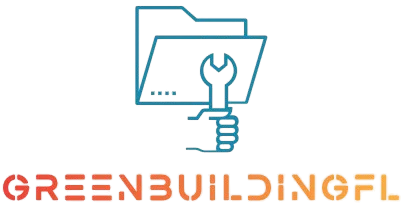How to Develop a Project Stakeholder Engagement Plan
Developing a project stakeholder engagement plan is essential for ensuring effective communication, managing expectations, and building positive relationships with stakeholders throughout your project. Here are some steps to follow in creating a stakeholder engagement plan:
- Identify Stakeholders: Begin by identifying all relevant stakeholders for your project. This includes individuals or groups who have an interest or influence over the project’s success. Stakeholders may include project sponsors, team members, customers, end-users, regulatory bodies, community groups, and others.
- Understand Stakeholder Needs and Expectations: Conduct a stakeholder analysis to understand their needs, expectations, and potential impact on your project. Consider their level of interest, influence, and the potential risks or opportunities each stakeholder may present.
- Determine Engagement Objectives: Define what you hope to achieve through stakeholder engagement. This could be gaining support, obtaining valuable input, managing risks, or building positive relationships. Align these objectives with your project goals and outcomes.
- Create an Engagement Strategy: Develop a clear strategy outlining how you will engage with different stakeholders. Consider the most appropriate methods and channels for communication, frequency of updates, and any specific activities or events that may be necessary to engage stakeholders effectively.
- Plan Communication Channels and Methods: Determine the best channels and methods to communicate with each stakeholder. This may include email updates, meetings, workshops, newsletters, or social media platforms. Tailor your communications based on the stakeholders’ preferred communication style and the type and frequency of information they require.
- Establish Roles and Responsibilities: Clearly define the roles and responsibilities of the project team members in engaging and communicating with stakeholders. Ensure that each team member understands their responsibilities and has the necessary skills to effectively engage stakeholders.
- Set a Feedback Mechanism: Include mechanisms to collect feedback from stakeholders, such as surveys, feedback forms, or regular one-on-one meetings. Provide opportunities for stakeholders to express concerns, suggestions, or issues related to the project.
- Define Mitigation Strategies: Identify potential conflicts or challenges that may arise with stakeholders and develop mitigation strategies. This includes determining how to address any resistance, managing competing interests, or resolving conflicts to maintain positive relationships.
- Monitor and Review: Continuously monitor and evaluate the effectiveness of your stakeholder engagement efforts. Regularly review your plan, analyze feedback, and make adjustments as necessary to ensure ongoing engagement and improvement.
Remember that stakeholder engagement is an ongoing process throughout the project lifecycle. By developing a comprehensive stakeholder engagement plan, you can effectively manage relationships, ensure project success, and create a more inclusive and transparent project environment.



